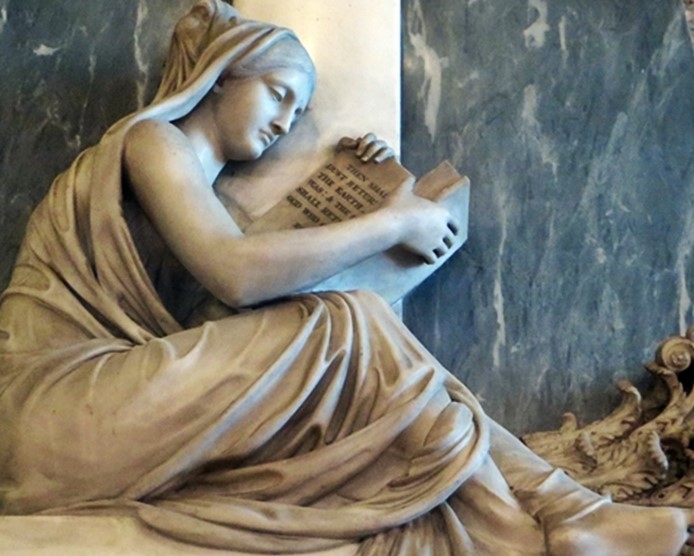News Review
ANCIENT MONUMENTS SOCIETY REBRANDS AS HISTORIC BUILDINGS AND PLACES
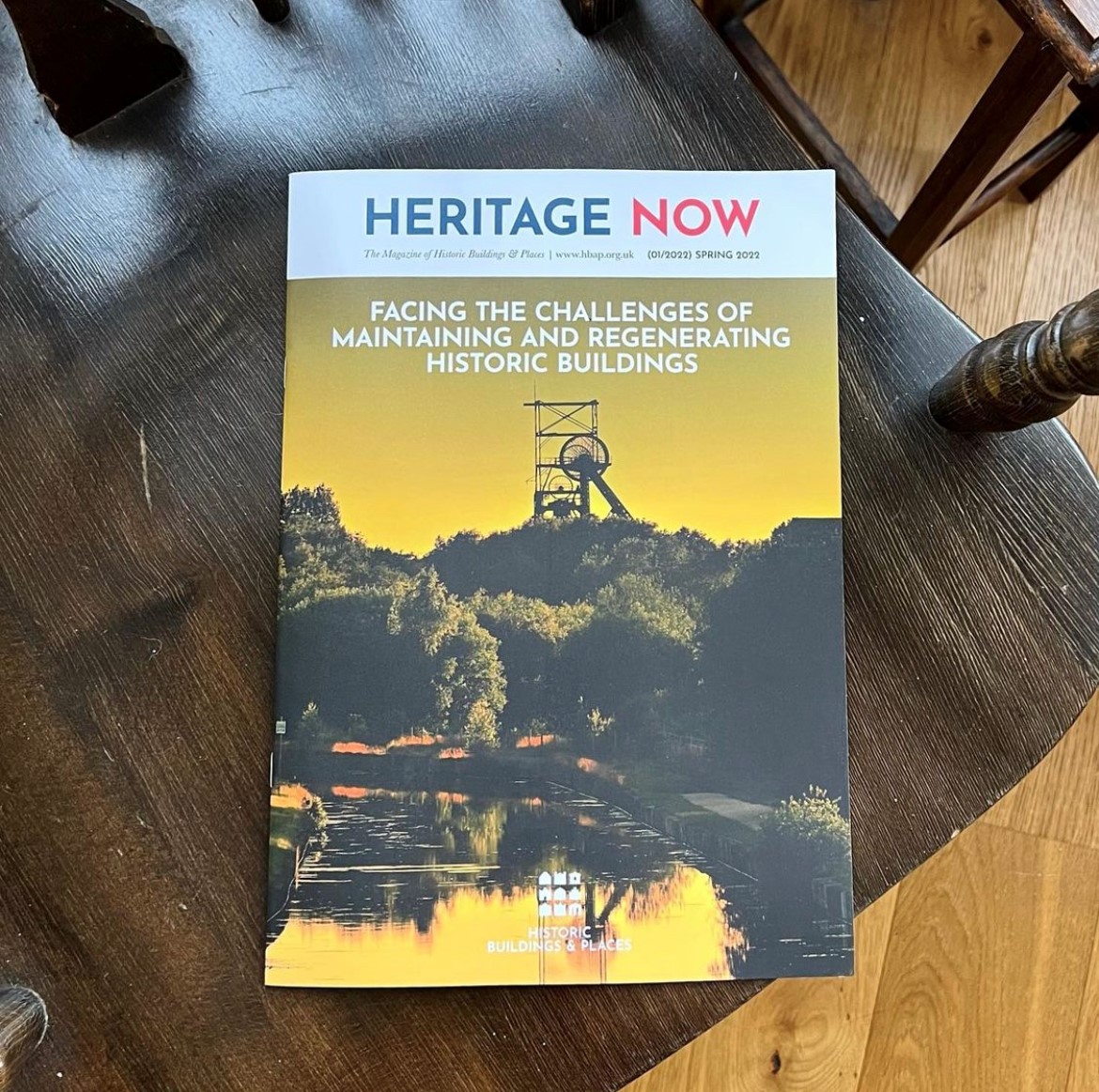 |
|
In 1924 when the Ancient Monuments Society (AMS) was founded, the main vehicles for heritage protection were the Ancient Monuments Board and successive Ancient Monuments Acts.
However, since then the conservation world has evolved and today the term ‘ancient monuments’ fails to fully reflect the work of the AMS in sustaining, defending and promoting historic buildings and places of all types and ages, for the benefit of all.
In July 2021, following a re-evaluation of the role of the organisation, the AMS trustees decided that a new name was needed to better reflect their work and to help to attract new members.
The result, Historic Buildings and Places, was launched in October. The transition to Historic Buildings and Places coincides with the end of the AMS’s working partnership with the Friends of Friendless Churches.
Trustees felt that this was the right time to change the way the society presents itself to the public and to the sector, while maintaining its commitment to championing everyday heritage for all.
Alongside the name change come a new logo and updated digital presence, which will include a refresh of the society’s social media channels and a brand-new website.
The society is also launching its new quarterly members’ magazine Heritage Now, which is being published in full colour with the help of Cathedral Communications.
Other tangible membership benefits include a series of events and an annual Journal, but perhaps the greatest benefit lies simply in being part of a campaigning organisation which champions historic buildings and places of all ages and types, and which works to provide a sustainable future for them.
As one of the six statutory amenity societies, Historic Buildings and Places will continue to respond to both secular and ecclesiastical casework notifications in England and Wales. Visit www.hbap.org.uk to join the society and to keep abreast of the exciting work and events Historic Buildings and Places will deliver in its new guise.
FRIENDS OF FRIENDLESS CHURCHES
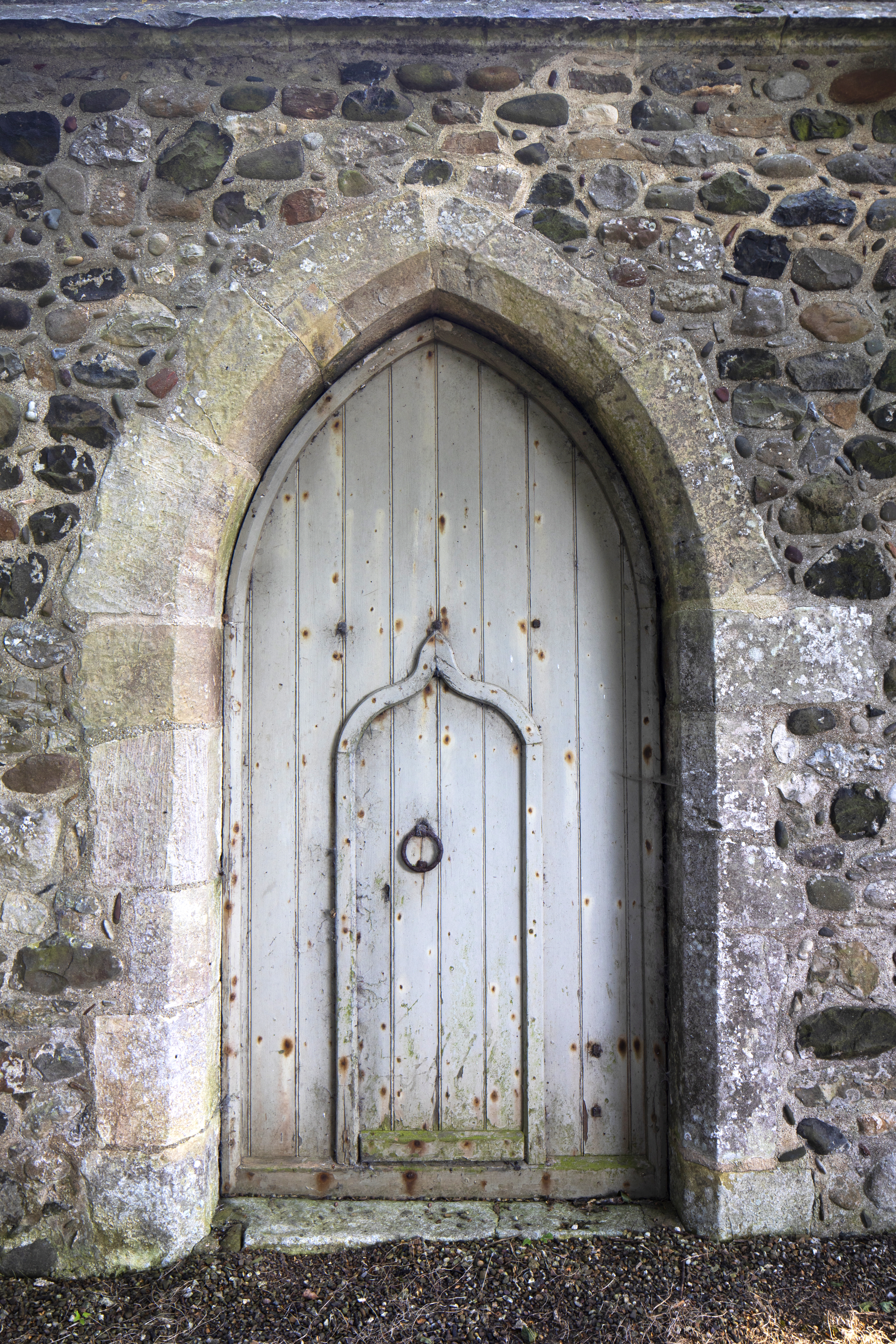 |
|
Until recently all members of the Ancient Monuments Society enjoyed membership of the Friends of Friendless Churches too. Now independent, FFC must attract new friends to help support its work, which centres on rescuing, repairing and maintaining redundant places of worship in England and Wales.
There are 60 in its care so far, ranging from early medieval single cell structures to soaring 20th-century masterpieces. Without its help few of these buildings would still be open to the public, and some might not be here at all.
In the past 12 months FFC has rescued five places of worship in England alone and as the rate of closure is predicted to increase in the coming years, its help is needed more than ever.
FFC operates with just one and a half members of staff, and as its director, Rachel Morley points out, it receives no regular government funding in England and only a modest grant in Wales.
“We believe that an ancient and beautiful church fulfils its primary function merely by existing. It is, in itself, and irrespective of the members using it, an act of worship. These buildings are the spiritual and artistic investment of generations, and they should survive for the benefit of future generations.”
To discover how you can support FFC’s work, whether through membership or volunteering, visit friendsoffriendlesschurches.org.uk.
CONTESTED HERITAGE GUIDANCE
Many of our oldest cathedrals and parish churches are packed with the most magnificent memorials from different periods. As objects of art and architecture, these are often of great importance locally and even nationally, having been carved by the finest artists and sculptors of their period, and monuments inside the church are often of the finest marble or alabaster.
However, these memorials draw their significance and value on several levels, not solely from their importance as works of art. It is the events and lives they commemorate that can be contentious. If the presence of a memorial is seen to imply some level of endorsement for the person by the church, this may be distressing for both the visitor and the community.
Contested heritage is where the historical narrative represented by a memorial or artefact is considered by sections of the community to be inappropriate for commemoration and offensive.
In the wake of the Black Lives Matter protests, the focus has been on prominent memorials to people who profited from racial injustice and the slave trade in particular, but contested heritage includes memorials associated with all forms of oppression, whether on grounds of race, gender, religion or sexual orientation.
For many, the continued existence of these memorials in the UK’s most important civic and religious spaces symbolises the old order, and the continued institutionalisation of past injustices.
In Bristol for example, prominent memorials to the 17th century slave trader Edward Colston included the statue that was toppled and thrown into the harbour by an angry crowd in June 2020; several prominent references to Colston in the stained glass windows of Bristol Cathedral and St Mary Redcliffe which were removed a week later; and the music venue Colston Hall which was renamed Bristol Beacon the following September.
Historic England's guidance on contested heritage focuses on keeping and reinterpreting any memorial which is protected. “Our stance on historic statues and sites which have become contested is to retain and explain them; to provide thoughtful, long lasting and powerful reinterpretation that responds to their contested history and tells the full story.
New responses can involve re-interpretation, added layers and installations, new artworks, displays and counter-memorials, as well as intangible interventions, such as education programmes.” (From Checklist to Help Local Authorities Deal with Contested Heritage Decisions, Historic England, October 2021.)
Excellent guidance issued by the Church Buildings Council and the Cathedrals Fabric Commission for England takes a more nuanced approach, focusing on the need for making everyone feel welcome and included.
Contested Heritage in Cathedrals and Churches explores the issues to be considered and the justifications required before changing or removing a memorial which has ‘a demonstrably negative impact on the mission and ministry of the church or cathedral’.
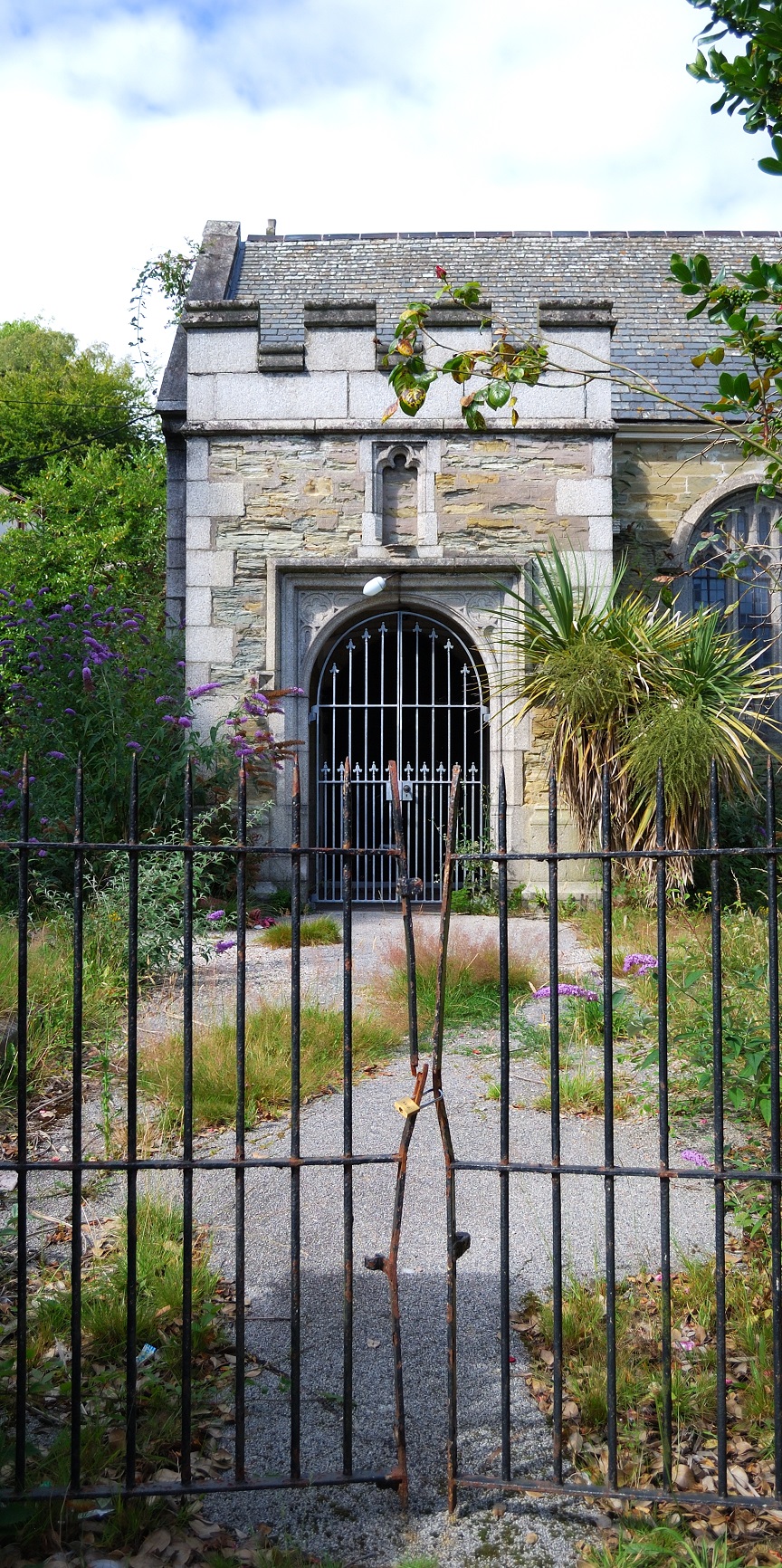 |
|
| St Paul’s, a Grade ll listed church in Truro, Cornwall which closed in 2007 following the discovery of significant structural problems and is still derelict and at risk (Photo: Jonathan Taylor) |
“The effects of enslavement continue to impact the lives of many UK ethnic minority communities to whom, at best, these objects may be reminders of an ‘overcome’ past, a horror from which we celebrate our extrication; at worst, for these objects to remain in place with no discussion or interpretation could be taken to imply that the oppression and disenfranchisement they evoke for many in affected communities is socially and theologically acceptable to the Church.”
The Church of England is encouraging all its churches and cathedrals to take a proactive approach to researching their monuments, and not to wait for others to reveal their secrets.
A database of British slave ownership has been developed by UCL’s Centre for the Study of the Legacies of British Slavery, available here which was initially based on the detailed records of compensation paid by Britain following the abolition of slavery in 1833.
With details of their country houses, monuments and other ‘physical legacies’, it provides a reminder of the wealth created by slavery in Britain and Ireland by the early 19th centuries, and it is an excellent resource for those needing to explore how the slave trade impacted the heritage assets in their guardianship.
CHURCH CLOSURES
Church attendance has been declining over the past few decades across the UK, and places of worship are being maintained and supported by decreasing congregation numbers.
This trend is being exacerbated by the effects of the Covid-19 pandemic and the Church of England is preparing for a substantial increase in the rate of church closures.
Over the past 20 years the rate has averaged around 20-25 church closures per annum. However, a recent survey indicated that five of the worst hit dioceses were anticipating up to 40 closures in the next two to five years, and a conservative estimate would suggest that the Church may expect this rate to double over the next two to five years.
The Church of England is concerned that the requirements for reviewing closures under the Mission and Pastoral Measure 2011 are too cumbersome for dealing with a significant increase and have consulted on proposals for a simpler system, much to the dismay of church conservation bodies.
The proposals outlined in Mission in Revision: a review of the Mission and Pastoral Measure 2011 are wide ranging and often benign, but particular heritage concerns are raised by a proposal to reduce consultations generally and with their own conservation specialists, the Statutory Advisory Committee of the Church Buildings Council.
Currently the CBC team prepares a report on the architectural and historic significance of a church building before a proposal to close it can be presented to the Mission, Pastoral and Church Property Committee – the body which exercises the Commissioners’ decision-making functions under the Measure. It is the proposal to remove this requirement that has attracted most concern from the heritage community.
NICK CAHILL AWARD
Truro Diocese Advisory Committee and Cornwall Council have established a new award for the ‘Best Ecclesiastical Project in Cornwall’.
The award commemorates Nick Cahill, a highly respected heritage professional who died unexpectedly in March 2020 and it celebrates his passion for Cornwall’s churches and chapels.
Donations have been received to support commissioning an artist or craftsperson to create the trophy and then each year, this will be awarded to the winner with runners up receiving certificates and if sponsorship can be secured, cash prizes.
The award will be open to projects involving ecclesiastical buildings and their setting and associations (graveyards, cemetery buildings and Sunday schools) of all faiths and denominations.
It will recognise excellence in design and craftsmanship and in keeping with Nick’s progressive outlook, the award will consider both exciting interventions and more modest conservation, restoration or modernisation projects. The deadline is 31 March 2022. For more information contact Paul Holden, Chair of Truro DAC.
GRANTS FOR CERAMICS CONSERVATION
The Tiles and Architectural Ceramics Society (TACS), which has been offering grants for research into tiles and terracotta for many years, is now extending the scope of its scheme to include conservation work too.
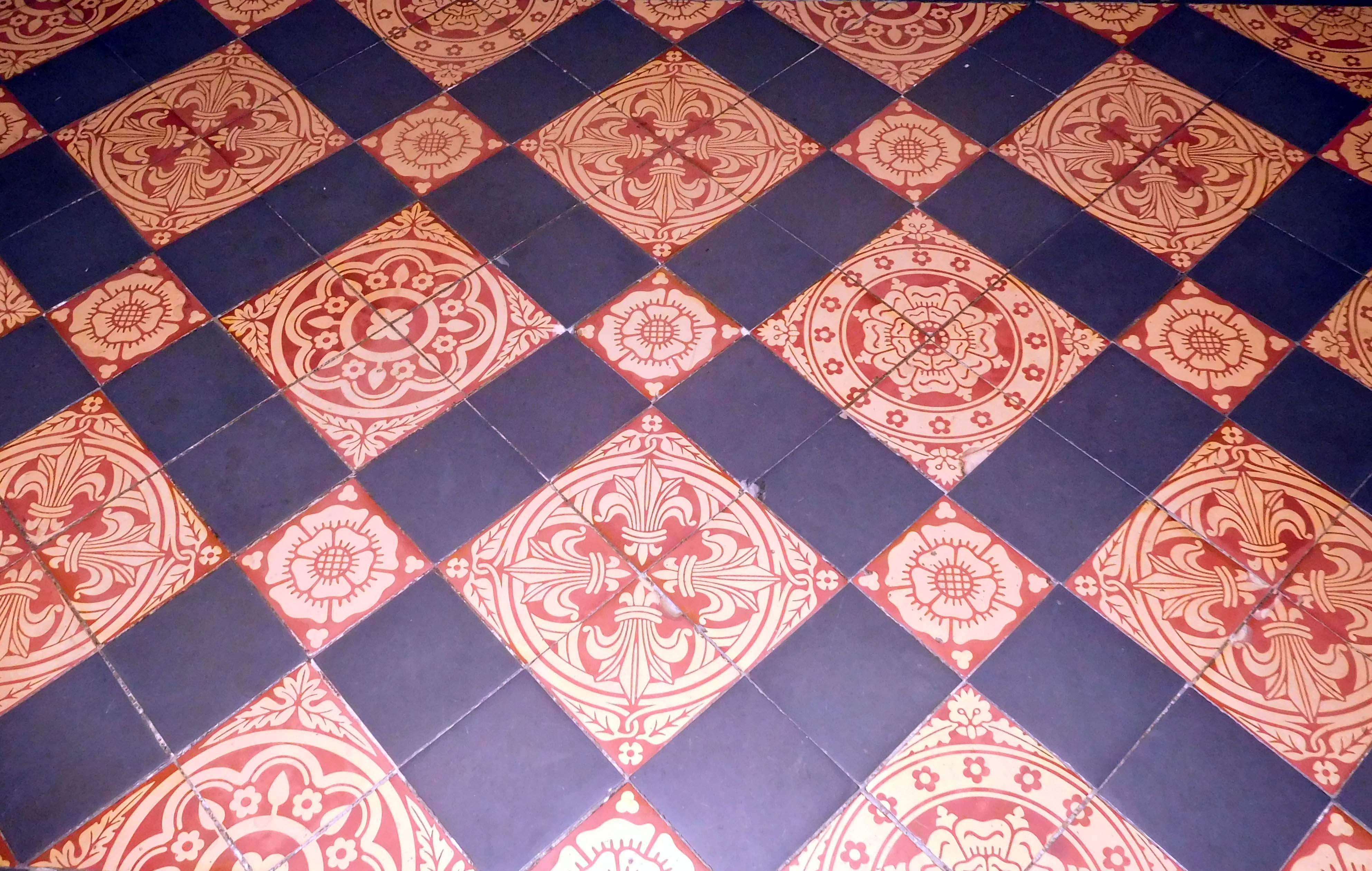 |
|
| Victorian encaustic tile scheme in the chancel of St Laurence’s, Ludlow, Shropshire (Photo: Lesley Durbin) |
TACS is inviting applications for small grants of up to £2,000 to carry out conservation work on historic tiles or architectural ceramics.
The grant scheme is primarily aimed at churches or museums and may include work on cleaning, accessioning and storage of collections or preliminary conservation reports for proposed restoration. Other charitable institutions and community groups will also be considered. For further information see the website or email info@tacsuk.org.



